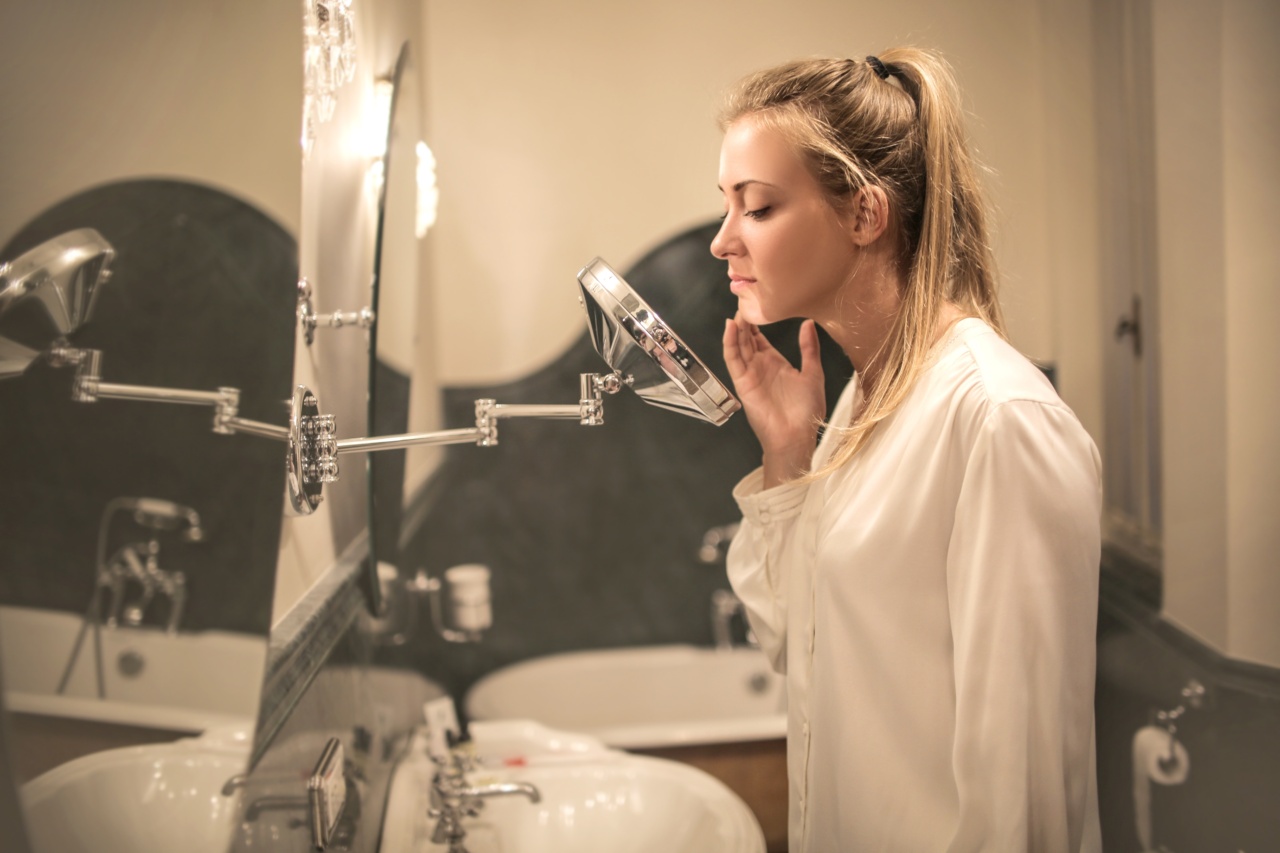Acne is a common skin condition that affects people of all ages and backgrounds. It is not limited to just the general population but can also affect athletes.
Whether it is due to sweating during intense workouts or from wearing equipment for extended periods, acne in sports can be a frustrating problem. In this article, we will explore where acne commonly appears in athletes and provide effective strategies to eliminate it.
The Common Areas of Acne in Sports
Acne in athletes can appear in various areas of the body, but there are a few regions that are more prone to breakouts. Let’s take a closer look at these common areas:.
1. The Face
The face is one of the most visible areas where acne can develop. Athletes often experience breakouts on their cheeks, chin, forehead, and nose.
The accumulation of sweat, dirt, and excess oil on the skin’s surface can lead to clogged pores and acne formation.
2. The Back
Acne on the back, also known as “bacne,” is prevalent in athletes who engage in activities that involve wearing tight-fitting uniforms or equipment.
The friction and pressure from these garments can trap sweat and bacteria against the skin, resulting in pesky breakouts.
3. The Chest and Shoulders
Similar to the back, the chest and shoulders are prone to acne in sports due to the occlusive nature of sports gear. The combination of sweat, heat, and friction can irritate the skin and trigger acne breakouts in these areas.
4. The Neck
The neck is another common area for acne in sports, especially for athletes who wear helmets or other headgear. The constant rubbing or pressure on the neck can cause irritation and acne flare-ups.
The Causes of Acne in Sports
Understanding the underlying causes of acne in sports is crucial for effective prevention and elimination. Here are some common factors that contribute to acne breakouts among athletes:.
1. Sweat
Sweating is a natural process that helps regulate body temperature during physical activity. However, when sweat mixes with bacteria, dead skin cells, and other impurities on the skin’s surface, it can lead to clogged pores and acne formation.
2. Friction
Athletes often experience friction from tight-fitting uniforms, equipment, or even repeated movements. This friction can cause irritation and break down the skin’s natural barrier, making it more susceptible to acne-causing bacteria.
3. Occlusion
Sports gear, such as helmets, caps, or shoulder pads, can restrict airflow and trap sweat against the skin. This occlusion creates a favorable environment for bacteria growth, further contributing to acne breakouts.
4. Hormonal Changes
Hormonal fluctuations can occur in athletes due to various factors like stress, intense training, or dietary changes. These hormonal shifts can stimulate oil production in the skin, leading to clogged pores and acne development.
Preventing and Eliminating Acne in Sports
Now that we understand the common areas and causes of acne in sports, here are effective strategies to prevent and eliminate it:.
1. Cleanse Regularly
Washing your face and affected body areas with a gentle cleanser after workouts or sporting activities is essential. This helps remove sweat, bacteria, and excess oil from the skin’s surface, preventing pore clogging and acne formation.
2. Choose the Right Gear
Ensure that your sports gear is clean, well-fitted, and made from breathable materials. This reduces friction, sweat accumulation, and bacterial growth, minimizing the risk of acne breakouts.
3. Shower Immediately
Don’t wait too long after workouts to shower and cleanse your skin. This helps remove any sweat, dirt, and bacteria before they have a chance to clog pores and cause acne.
4. Avoid Touching Your Face
Avoid touching your face, especially with sweaty hands or dirty equipment. Touching the face can transfer bacteria and dirt, further aggravating acne-prone areas.
5. Keep Hydrated
Drinking an adequate amount of water helps keep the skin hydrated and flushes out toxins that can contribute to acne formation. Hydrated skin is less prone to inflammation and breakouts.
6. Use Non-Comedogenic Products
When choosing skincare products, opt for non-comedogenic options. These products are formulated to not clog pores, reducing the risk of acne formation. Look for labels that explicitly state “non-comedogenic.”.
7. Consider Professional Help
If acne persists or worsens despite taking preventive measures, it may be beneficial to consult a dermatologist.
They can provide tailored treatment options such as prescription medications, topical creams, or specialized therapies to address persistent acne.
Conclusion
Acne in sports can be both physically and emotionally challenging for athletes. Understanding the common areas of acne and the underlying causes is the first step towards prevention and elimination.
By following simple yet effective strategies like regular cleansing, choosing the right gear, and seeking professional help if needed, athletes can enjoy clear and healthy skin even during intense physical activities.































